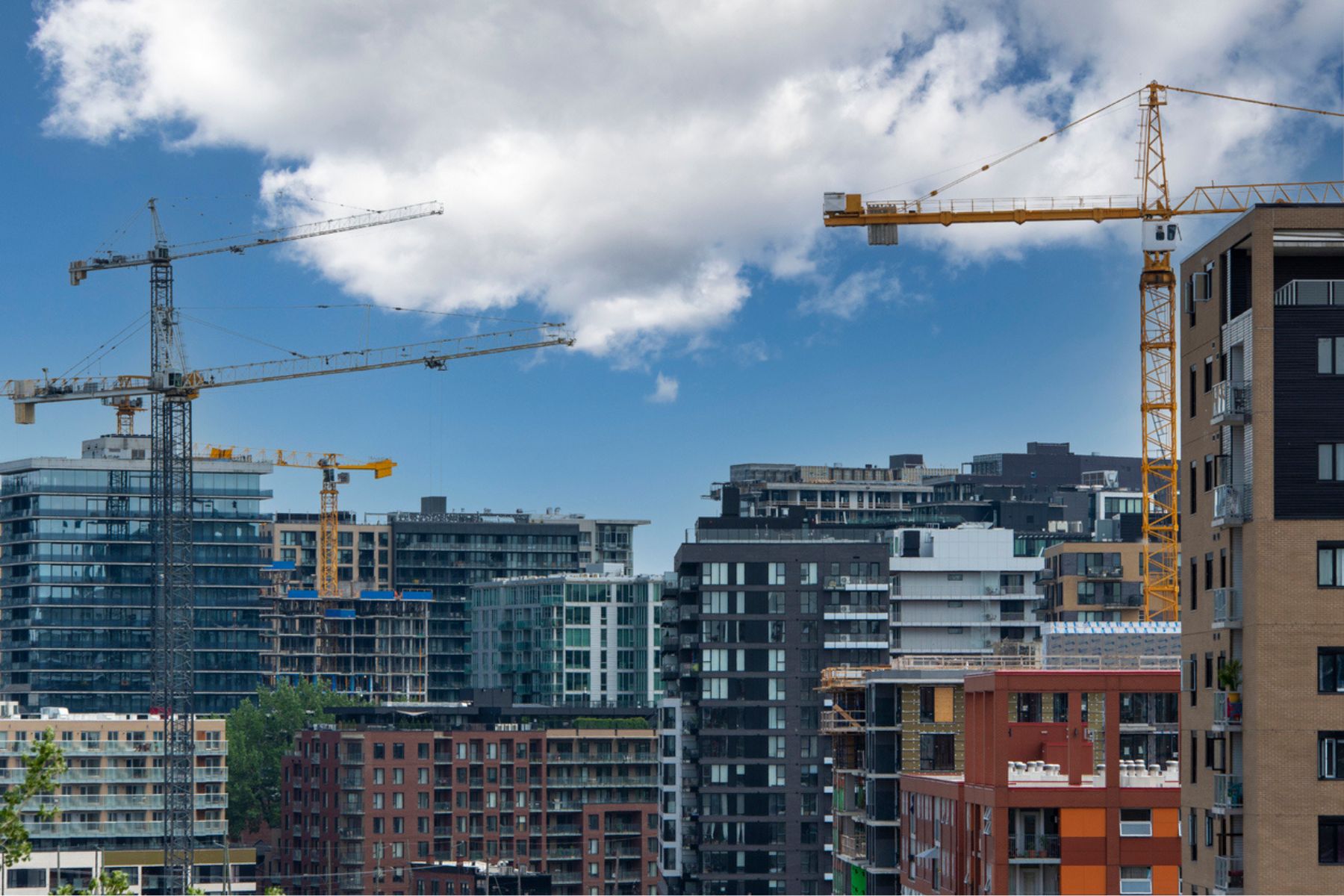As B.C.’s example shows, building codes can help provinces make the switch from gas to electric home heating.
Heating equipment can last decades, which means that the technologies homeowners and developers install today can lock-in carbon emissions well into the future. Replacing existing heating equipment will be necessary to achieve Canada’s climate targets, but it can be challenging and costly. A lot of future costs can be saved by ensuring new capital stock is zero-emitting right from the start. Building codes are a concrete way to ensure all new homes and heating equipment meet net zero standards.
British Columbia is getting off gas
Making the switch from fossil fuels to electricity for home heating is a huge part of reducing emissions from buildings. But this transition is harder for some provinces than others. Alberta, Ontario, Saskatchewan, and British Columbia currently rely on gas for more than half of their total heating stock, and households in Atlantic Canada and the North rely heavily on fuel oil. While the federal government has committed $250 million to help households replace heating oil with heat pumps, there is no equivalent federal program targeting gas heating.
Earlier this year, the Canadian Climate Institute and Navius Research simulated the federal government’s 2030 Emissions Reduction Plan. Our analysis of policies already announced by federal, provincial, and territorial governments shows that, of the four provinces that rely primarily on gas for home heating, B.C. will see the fastest transition to electric this decade (Figure 1). What does B.C. have that these other provinces don’t? In addition to relatively cheap and abundant electricity, it’s also the only province in Canada with clear plans for a zero carbon building code.
Figure 1: British Columbia leads comparable provinces in the speed of its transition from gas to electric home heating
In 2021, the Government of B.C. committed to updating the provincial building code so that all new buildings are zero carbon by 2030. It also committed to introducing new efficiency standards so that after 2030, all new heating equipment sold and installed in the province is at least 100 per cent efficient (heat pumps, for reference, can be more than 100 per cent efficient because they use less energy than they produce).
Our analysis shows that with current federal and provincial policy plans–including B.C.’s new building code and efficiency standard–residential gas use in B.C. will decline by 35 per cent this decade, from 60 per cent of total heating stock in 2019 to approximately 39 per cent in 2030.
By 2030, our projections show that gas will quickly be replaced by electric heating and cooling. Together, electric resistance heating and heat pumps will increase from 35 per cent of total heating stock in 2019 to 56 per cent in 2030.
By comparison, policies like the carbon price and rebates for heat pumps apply in Alberta, Saskatchewan, and Ontario, but these provinces have yet to formally commit to zero carbon building codes or stringent appliance efficiency standards. In these provinces, we see much less change over the next decade, with the majority of home heating stock continuing to come from gas. In Alberta, for instance, gas will stay constant over the next decade at around 94 per cent of total heating stock (Figure 2).
Figure 2: Existing policies alone leave gas dominant in Alberta
In short, while federal and provincial incentives for low-carbon heating can lead to incremental change, they are not driving the transformative change needed to reduce emissions from the sector.
Provinces hold the power
Building codes represent a significant opportunity to reduce emissions from the residential sector, and provinces have a critical role to play. While the federal government sets model buildings codes, it’s up to provinces and territories–and in some cases municipalities–to adopt them.
While provincial adoption of federal codes has historically not been guaranteed, the landscape is changing. The federal government has committed to developing a zero emissions model code by 2024 and all provinces and territories have agreed to harmonize their building codes with national ones the following year.
But provinces don’t have to wait for the federal government’s lead. They can forge ahead and commit to stronger codes and standards than minimum federal guidelines.
Provinces can also grant municipalities the flexibility to adopt more ambitious codes than the provincial ones, as B.C. and other provinces have done. For instance, Vancouver is steps ahead of the province, having passed a building by-law in 2020 that requires all new low-rise buildings to have zero emissions space and hot water heating as of this year. The province of Quebec has similarly banned oil heating from all new construction and plans to make it illegal to replace existing oil furnaces with any fossil fuel system.
The longer provinces wait to implement zero carbon building codes and stringent efficiency standards, the harder it will be to reduce emissions from the sector and achieve Canada’s climate targets.
Anna Kanduth is a Senior Research Associate for the Canadian Climate Institute.
